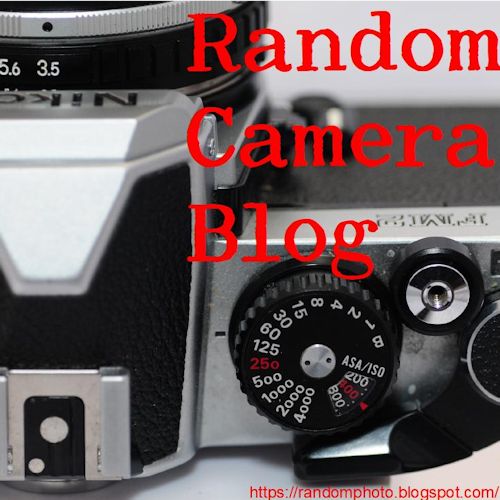 |
| front of the camera |
The camera switches on when you slide the lens cover away. The wide-angle 27mm lens has a maximum aperture of f/6.3, which is hardly a benefit -- so it's pretty much similar to the simple Vivitar PN211 in that regard. I am not sure how much automation is in the camera -- The flash operates in all conditions, and there is no way to turn it off in daylight. The shutter speed is 1/100 sec. for everything. The true-image viewfinder is large and certainly easy to see through. There is a tripod socket. The film chamber reads the film ISO 100-400. Obviously, when indoors, it would pay to use ISO 400 film for a better flash coverage. The film is automatically rewound when the end of the roll is reached. I think the camera was introduced in 2000, near the end of the 35mm film point and shoot era, when digitals started to replace that part of the market.
 |
| back of the camera. |
So, I put in a roll of Svema 125 color C-41 film (my last, as it turns out). Over the course of a year, I managed to finish the roll. Mostly I used it while at Film Photography podcast recording sessions, since were are all close together, and the 27mm lens has a pretty wide field of view.
I finished the roll in March, and home-developed in the Unicolor C-41 kit. The Svema films lies flatter in the scanner than a woodchuck on the expressway. Here are a few examples from the camera.
So, how did the camera fare? Considering that it's merely a cheap P&S without any sort of control, it did about as well as any wide-angle single-use camera. The Trip on the name is a reminder that it's supposed to be used wherever you go. However, it's not that the camera is bad, it's just not worthy of the Trip branding. It's certainly worth a buck, and will give adequate, but not super results - and better than say, a Diana 35mm. Oh, and no I didn't activate the Quartz Date back. That's just not needed.







No comments:
Post a Comment